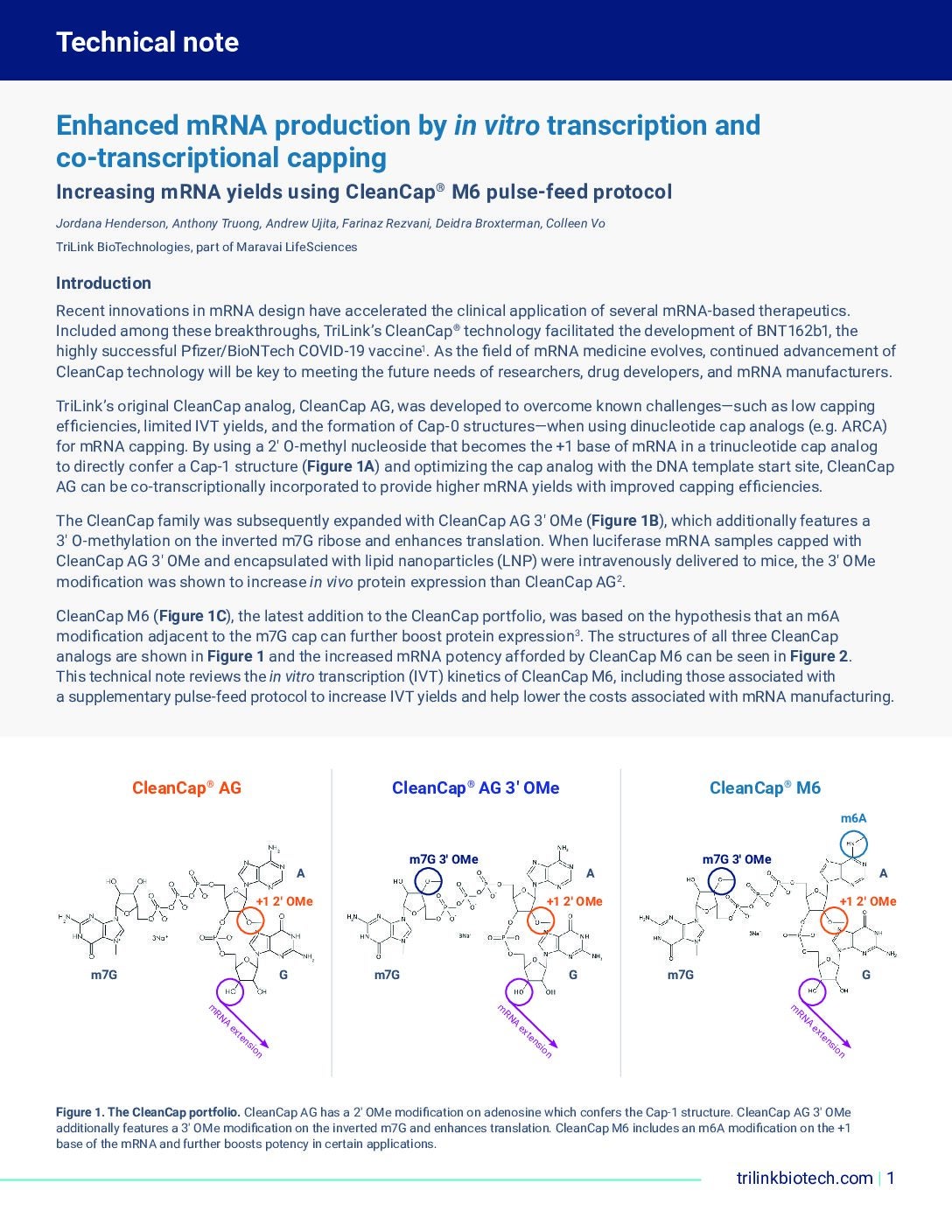

On the last day of the European Society of Cardiology (ESC) 2024 Congress (2 September), a panel discussed the therapeutic potential with non-coding RNAs in cardiovascular disorders.
Dr. Stefanie Dimmeler from Goethe University Hospital opened with a talk on her team’s work investigating the microRNA miR-92a and its inhibition. Dimmeler described her work in which antimiR-92a was observed to bind and block miR-92a. AntimiR-92a “improved blood supply and function in myocardial models,” and Dimmeler added that the potential therapeutic was anti-atherosclerotic, promoted endothelial cell growth, increased wound healing, and reduced metabolic syndromes.
A completed Phase I dose escalation study (NCT03494712) showed that miR-92a can be blocked by antimiRs in humans with a single injection IV with the compound, and this is associated with a change in the derepression of the [miRNA] targets, said Dimmeler.
Next, Dr. Mauro Giacca from Kings College London, discussed strategies for delivering therapeutic RNAs in the cardiovascular setting. He stated, “I am among those who are strongly convinced that these molecules can somehow fill the pharma innovation gap.” He was referring to the gap between growing investment in the pharmacological industry and shrinking numbers of new drugs.
Giacca explained his laboratory performed high throughput screenings to find RNAs with therapeutic potential in cardiovascular disease. He noted his team uncovered a series of siRNAs and miRNAs that arepowerful at driving proliferation.
“There are many applications that are amenable to these RNAs,”Giacca said, including cardioprotection, cardiac regeneration, cardiac gene editing, and cardiac cell trans-differentiation. He also described his research into delivery systems for such therapies, centred on his team’s success with lipid nanoparticles.
Finally, Dr. Katey Rayner from the University of Ottawa discussed her work dissecting the role of miR-223 in regulating atherosclerosis. “The presence of miR-223 seemed to promote cholesterol efflux, and the absence of miR-223 seemed to inhibit cholesterol efflux,” Rayner stated. The miRNA also influences inflammation.
Rayner said her team has shown that delivering miR-223 can be an effective way to remove cholesterol, and that atherosclerosis is much worse when in the absence of miR-223. With ribosomal fractionation, the team found, “there’s a number of proinflammatory genes that are being targeted by miR-223”, according to Rayner.
In their panel discussion, the researchers emphasised the therapeutic potential of RNAs. But, as Rayner noted, “the risk of multiple targets – that’s a challenge that hasn’t been overcome.”
mRNA vaccine coverage on Pharmaceutical Technology (or Clinical Trials Arena) is supported by Trilink. Editorial content is independently produced and follows the highest standards of journalistic integrity. Topic sponsors are not involved in the creation of editorial content.




